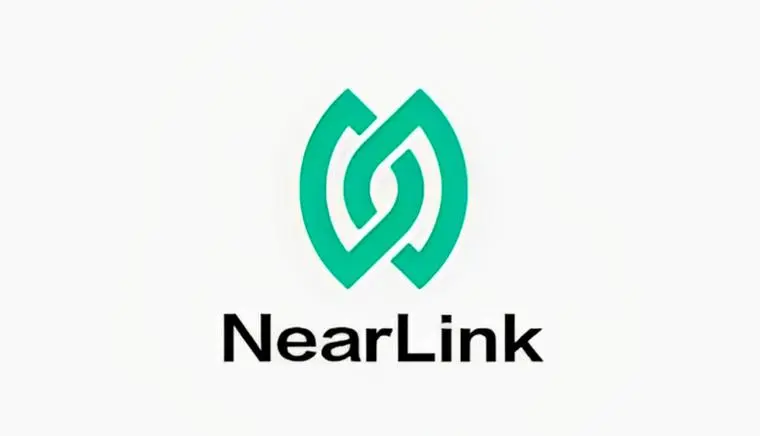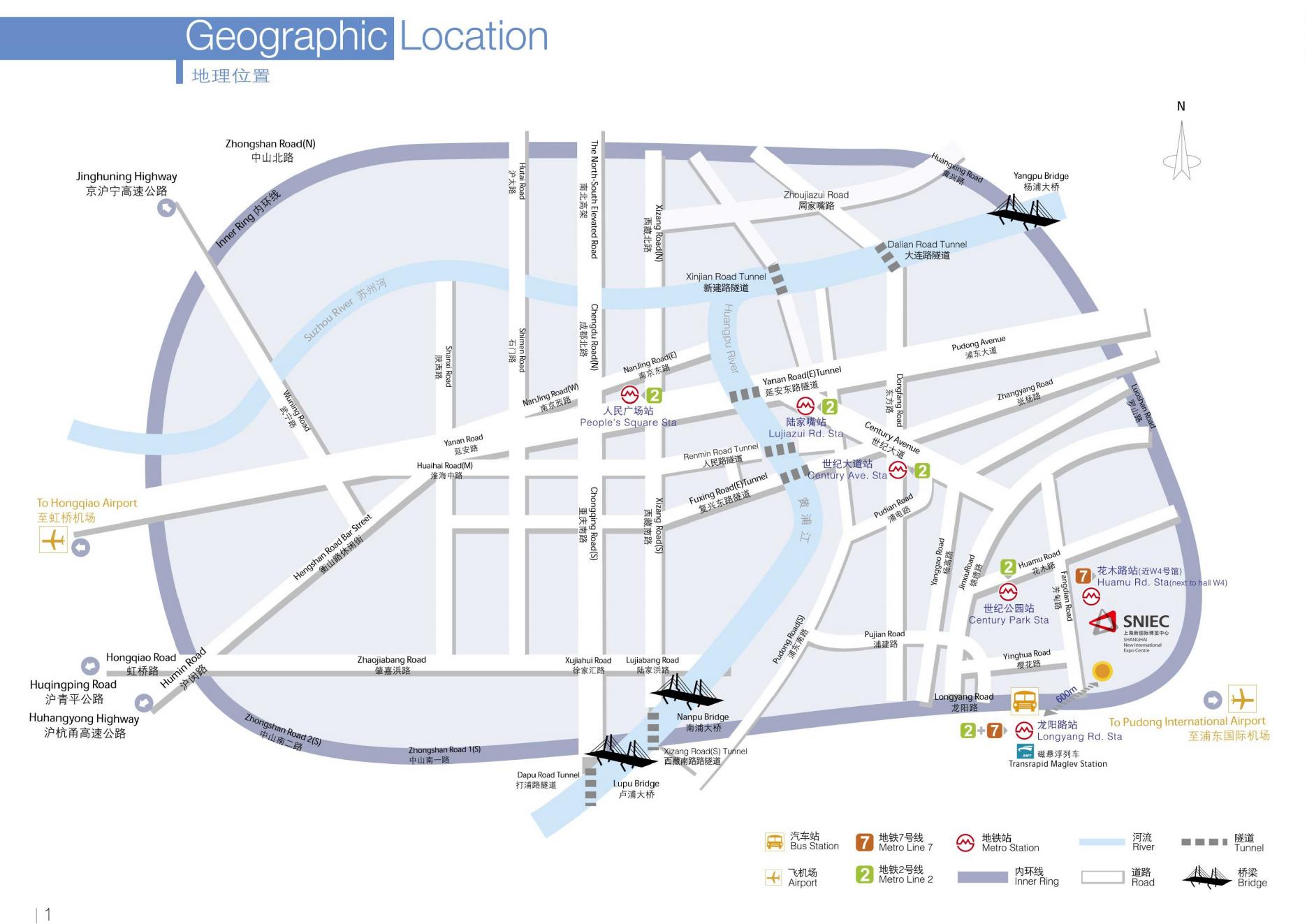
In recent years, in the field of domestic wireless communication technology, NearLink is like a bright star, always occupying the windward side of traffic. However, in the AIoT industry circle, although everyone has heard of NearLink a lot, perhaps many people are not very clear about what exactly this technology and its derived industries are like.
1.What kind of technology is NearLink exactly?
In fact, NearLink does not specifically refer to a single technology. It is more like an organization and an ecosystem. Under this large ecosystem of NearLink, different specific technologies can be derived. According to the public information of the NearLink Alliance, we see that there are currently the following types of technologies for NearLink:
SLE: This is a type of technology for NearLink that is benchmarked against Bluetooth BLE. The bandwidth rates of the two are close. It is mainly for low-power and low-cost application scenarios.
SLB: This is a type of technology for NearLink that is benchmarked against Wi-Fi. It is mainly for high-bandwidth and high-speed application scenarios.
SLP: This is a type of technology for NearLink that is benchmarked against UWB. It has high-precision positioning capabilities and is mainly for scenarios such as digital car keys, remote controls, and smart door locks.
SLZ: This is a type of technology for NearLink that is benchmarked against RFID. It is mainly for low-cost passive IoT scenarios (logistics, retail, etc.).
The several types of technologies benchmarked by NearLink are all the most mainstream and widely used short-distance IoT connection technologies in the current market. As for whether there will be new technologies for NearLink in the future, the author thinks it is very likely. For example, millimeter-wave radar has such potential.
2.The logic of NearLink's commercial use
There are already Bluetooth, Wi-Fi, UWB, and RFID in the market. Why develop NearLink? This requires an analysis of the logic of NearLink's existence.
First, it is the requirement of information technology application innovation. Due to changes in the international situation, the market demand for information technology application innovation has directly come to the fore from a veiled state. People with discerning eyes can see the importance and necessity of information technology application innovation. Therefore, as a purely domestic technology, NearLink has a rigid demand in application markets such as government departments, public institutions, and large state-owned enterprises.
Second, it has improved performance compared to existing technologies. This is actually one of the underlying logics of NearLink's existence. If a new technology is worse than the original technology, then there is naturally no need for it to exist. Looking at the parameter introduction of NearLink, SLE, SLB, SLP, and SLZ all seem to have improvements compared to the benchmarked technologies.
Third, brand influence. Although the NearLink Alliance is an independent organization, it is undeniable that it has a deep imprint of Huawei. For terminal enterprises, using NearLink means that products will have a higher premium and can bring more tangible benefits to the company. This is also a driving force for enterprises to use NearLink.
3.How is the industrialization and implementation of NearLink?
The industrialization and implementation of NearLink has two aspects. The first aspect is how to be compatible with the existing ecosystem.
We know that Bluetooth is already the most widely used IoT connection technology. The annual shipment of Bluetooth chips is approximately 6 billion pieces, and the annual shipment of Wi-Fi chips is also in the billions. The combined annual shipment of the two is on the order of 10 billion. Therefore, NearLink products need to consider the compatibility of the market. Currently, most NearLink products on the market are multi-mode products.
For example:
SLE + BLE is adding SLE to the current BLE products.
SLB + Wi-Fi is adding SLB on the basis of Wi-Fi.
There are also three-mode and four-mode products.
Since UWB itself is also a new thing, the necessity for the benchmarked SLP to be compatible with it is much reduced.
Such compatible multi-mode products bring an intuitive problem that the cost is much higher. Especially since NearLink currently has no volume yet, there is still a long way to go to reach the current prices of BLE and Wi-Fi.
The second aspect is what are the current commercial progress of NearLink.
According to the author's understanding, NearLink has achieved certain application results in all three directions of SLE, SLB, and SLP.
SLE: In consumer scenarios, keyboards, mice, and home appliances have begun to see volume growth. It is expected to have shipments in the millions. In B-end scenarios, power, industry and other scenarios have also begun to be used, but the volume growth in B-end scenarios is relatively slow.
SLB: Router products and gateway products have begun to be implemented. It is reported that operators will soon release large tenders to support SLB.
SLP: In a TV of Casarte, the remote control scenario has been implemented. Its use is similar to the previously released UWB "Lingxi Yizhi" solution by Huawei. Considering the maturity of the industry and vehicle-grade certification, it is expected that it will take a relatively long time for the digital car key based on SLP.
4.How is the NearLink Positioning going?
Finally, combined with our ongoing research for the "2025 China High-Precision Positioning Technology Industry White Paper", let's talk about the prospects of NearLink Positioning.
The most direct technology for NearLink positioning is SLP, which is benchmarked against UWB.
We haven't seen the detailed introduction materials of SLP yet, so we won't discuss which is better between SLP and UWB in terms of technology for now.
From a business perspective, the reason why UWB has become known in the market in recent years is mainly due to the promotion and support of Apple. Samsung has also widely popularized it in mobile phones, and Qualcomm's UWB chip has also been released. The support of mobile phone manufacturers for UWB technology is crucial.
For NearLink SLP, it should be no problem for Huawei to add this chip to its own mobile phone ecosystem. But what about other mobile phone manufacturers? It's hard to say. The author thinks this point is a fatal weakness.
So, the application scenarios that SLP is currently looking for are scenarios that don't require mobile phone support. The remote control is one, and the car is barely one. There don't seem to be many others. Of course, in B-end application scenarios, mobile phones are not needed, but the volume of B-end scenarios is not large. It's not clear whether SLP will be interested.
In addition to SLP, SLE, which is benchmarked against Bluetooth, also has positioning capabilities. The promotion of this positioning technology also faces the problem of the mobile phone ecosystem.
In conclusion, whether the promotion of NearLink can persuade domestic mobile phone manufacturers such as Xiaomi, OPPO, VIVO, and Honor to use it is a key issue.
This paper is from Ulink Media, Shenzhen, China, the organizer of IOTE EXPO (IoT Expo in China)

















